by Emily Materick
[This article is the seventh in a series on artisanal ice cream makers, to see all of Emily Materick’s ‘Scoops’, click here – Ed.]
It is not too hard to find gelato in Toronto and great gelato at that. Initially I made the decision not to cover gelato at all in this series as the amount of gelato makers and my limited knowledge on the subject were at odds with each other. However, the truly artisanal nature of Soma Chocolatemaker led me to make an exception. I brought along two budding foodies, my young cousins Marina and Susanna Cupido who were visiting from New Brunswick, and we sat down with gelato master, David Castellan amidst the throngs of tourists, the charming vintage machinery and the delicious and pervasive aroma of cocoa.
EM: How did you get started initially making gelato?
DC: Well, I’m Italian, so I was born with this ability. [Laughs] No. I guess just being in pastry. When you’re a pastry chef and you work in places and if you work in a big enough place and there’s an (ice cream) machine in the corner and very once in awhile they turn it on. You make a little something here and there. The first time I got really plunged into it was I worked at a restaurant called Centro. It’s different owners now but back then it was a really, really, really busy place and super high end for the city at the time. They had bought a $30,000 beautiful gelato machine that pasteurizes and everything. When I was doing the interview for the job and they asked if I could make gelato I said “yeah, sure” I hadn’t really ever worked with a machine that big and I got a decent crash course, making tons and tons of gelato.
EM: It must have been pretty intimidating.
DC: Yeah, yeah. Then at the very end of the four years I was there, unfortunately a guy got his finger cut off in (the machine) – so that was the punctuation at the end of that sentence! I remember pulling it out and putting it on ice for the ambulance driver – so terrible. That was my introduction to…it’s really a different scale of production, you know. To make good gelato you need a big compressor, a big motor, you need to be creating the ice crystals really quickly at the beginning of the mix. I learned all that stuff. I was really, really good at research in the days before Google. I figured out a lot of it on my own.
EM: Did your parents make ice cream at home, growing up?
DC: I was born in Sudbury, my mum had a bakery in Sudbury and no, we didn’t. Sudbury is a different market and this was the ‘80’s, even now I don’t know if you could open a gelato place in Sudbury – it’s a bit colder than here. I think the actual selling season might shrink down to a few weeks! You know, when you’re Italian you get used to certain flavour directions that maybe other people don’t go down. There’s a lot of liquor in the ice cream. Even when my family would buy regular ice cream at the store there would always be brandy or rum or grappa on top, just certain flavour directions that you go down that are typically Italian.
EM: When did you get started making ice cream at Soma?
DC: Well, after Centro I work at Oliver and Bonacini – the restaurant group, as executive pastry chef, for a long time. So I was in charge of…we bought a bunch of ice cream machines for each location as different needs came up. We bought PacoJets and pretty much lots of stuff. As far as ice cream for restaurants, it’s interesting because you have a pastry chef that designs the menu and usually a component of the menu is ice cream and usually there are far out flavours and stuff you wouldn’t do in a production gelato place. Production gelato places, it’s very, very typical to have the powder mixes where you add milk and you whisk it, you make your bases and whatever company you use you’re stuck with PreGel or whatever and they give you this paste that you mix in and they tell you exactly what to do. Basically, there’s no brain work there.
It’s different in restaurants, you have these menus that you’re making ice creams for and you don’t have to worry about the shelf life on the gelato or the ice cream because it’s going to be gone and you’re going to make it again the next day. You really have less to worry about with the sugar content and the consistency. The consistency is obviously going to be an issue – more of an issue in a high end restaurant if you get an icy ice cream with your (dessert) it doesn’t really work. So, I think it’s a different beast, especially when you’re doing this kind gelato and ice cream for display purposes, especially with this kind of display where everything is out in the open. Formulation is a big deal. You have sixteen flavours and they all have to scoop at the same consistency, you really get down in the nitty gritty – the science of it all. You’re tweaking every flavour. So, it’s more that kind of work than anything.
EM: So, what do you find to be the benefits of being a small batch producer?
DC: Well, in typical small batch you can change anything whenever you want. I know other people who’ve started ice cream places, one guy who did organic ice cream. He had a dairy do it for him and it might have been economical, I’m not sure, but he’d have to order 2000 liters or something crazy. You basically had to commit to certain tastes and certain flavours and they make it for you and it’s easy that way but then there’s really no way you can say it’s a little bit too sweet or there’s not enough chunks of this – it’s too late. Here it comes down to a minimum four liter batch and if it’s not right in some way then, depending on the formula, you could melt it down and re-spin it, re-pasteurize it. If there’s stuff in it, you can strain it out. There’s stuff you can do, basically.
EM: And what do you find to be the challenges of being an artisanal producer?
DC: Well, you know – we’re kind of our own little world down here, we kind of do whatever – not to be snotty or anything!
EM: No, no – you are kind of secluded here in the Distillery.
DC: It’s kind of a different world and we’re lucky enough that we have certain clientele that come back to us for certain flavours. We only have fourteen flavours. We don’t have a big, long La Paloma type thing happening. With fourteen flavours you cover the basics. You have your vanilla, something lemon, a couple of fruits and if you stop making one, you get people upset. So, it would be nice if you could experiment with all fourteen flavours all the time but it’s not really the reality. You need to make certain flavours to keep your people happy. Distillery is kind of different – it’s partially a tourist orientated area, a lot of people just wandering around who’ll come in for a gelato so we’re lucky that we get good sales. We make our bases from scratch, we basically do whatever we want and it sells so it’s kind of a beautiful microcosm. At the same time, we could very easily say we’re just going to make the powder bases and add that stuff, it will be easy and cut down our labour cost but we don’t.
EM: It’s also your aesthetic, right?
DC: Yeah, obviously, yeah. We also go into different areas because we have vintage machinery here where we can get into grinding our own hazelnut paste and stuff, which we’ve done a lot ‘cause we have to make 50 kilos of it at a time [Laughs.] But we’ve done it, recently pistachios – we bought this really beautiful paste from Sicily, they’re really very special tasting but something happened with the crop this year so they are gone. They are crazy expensive, if you can even get them. So we managed to source a bunch of different pistachios to test, we ground up on our own ones we thought were pretty good – (the taste is) almost as good, almost.
EM: So, no real challenges that you’ve found?
DC: Let’s see, challenges…
EM: It’s nice that you have to think about it!
DC: Challenges in the beginning because you really do have to get all those formulas right. If you’re starting up a gelato place and you have these fourteen to twenty flavours that you have to work on…you know, when you use the powders there’s absolutely no issue. By the next day, everything is perfectly textured and ready to go. If you don’t use the powders and make your own base, there’s a lot of stuff to figure out. We’re still figuring it out, everyday. The espresso baristas, they are super into their coffee and there’s always something that they’re testing. We make our own chocolates so we can change basic things like the type of chocolate we use, the types of hazelnuts – organic or not, the pistachios. Fruits are obviously always different so it’s fun!
EM: How do you come up with your flavours? Is there a seasonal aspect to them?
DC: For everything we do, chocolates included, it’s nice to have a little bit of tradition. Traditionally, for gelato, there are no chunks in it. There are always basic flavours like lemon or chocolate or whatever. The end consumer can mix them however they want, if they want hazelnut and lemon together they can do that. That’s the tradition of gelato making whereas North American ice cream making is all sorts of crazy chunks and you know, Ben & Jerry’s style. You have to appreciate both. We’re trying to ride the line of having a few traditional approach flavours, you know, really normal lemon. We try to make a great lemon. We make all of sorts of interesting little bits here so it’s very tempting to throw those in too, so we throw in the toffee and make what a gelato person would consider non-traditional (flavours). We try and use the best ingredients, there’s nothing really holding us back. It’s not the main part of our business, it’s kind of a bonus so we don’t have to think – this is costing too much, this batch isn’t going to be profitable. We never really think about it – we just make it. The challenges, I think we’ve smoothed them out for the most part.
EM: So, have you ever had a flavour that you really liked but it didn’t sell as well as you thought it would?
DC: Yes. That’s when you get back to tradition, there are some flavours like…well, one of them would be crema. You don’t see crema very much in Canada. There’s a place called Grom and they make good crema, I think. It’s not quite the way I like it but basically its custard. You cook lemon peel, vanilla – you make kind of Italian style custard. Usually, pastry cream in Italy has lemon peel in it – it adds a different kind of dimension. So this crema would be a vanilla lemon peel very, very rich custardy type of base. For me it’s very special because it reminds me of desserts my mum would make and it is a very Italian flavour but it doesn’t really translate to the North American palate. It’s a very, very subtle flavour that doesn’t really…you know, in Ratatouille where the guy eats the ratatouille and goes back to his childhood? It’s one of those things.
EM: It’s a fond childhood memory for you and people who understand it.
DC: For people who have eaten gelato in Italy often, they might understand it.
EM: So, it didn’t necessarily sell well?
DC: No, even the staff wasn’t into it so I gave up.
EM: I know you have fair trade and organic chocolate and ingredients with the chocolate – do you continue that with the gelato as well?
DC: We spent the summer kind of looking at organic milk and whether it was reasonable to switch over. It is quite a bit more expensive. We’re headed towards it. There’s rebates that the Canadian government gives you for certain uses in gelato, for certain dairy uses and it balances out the cost of using organic. I could use a little bit of organic but it doesn’t feel right to me because like, you’re going to run out of organic milk one day and you’re going to put in a little bit of the regular milk and then what’s the point? So, it’s all or nothing.
EM: You’re using seasonal fruits as well?
DC: Yeah, we have a guy who comes down from Sudbury with blueberries. I would love to do more of that, getting out there when peaches are in season, blast freezing a shitload of peaches. Yeah, we’d like to do more of that, we’re headed towards that. It’s all labour, if you have a guy going around hunting down peaches for you that’s a guy you’re paying to drive around. The intention is there and we’re opening a second location now, at King and Spadina and we’re going to get the nice gelato displays, with the sleeves inside.
EM: That’s great. I’m going to let the girls each ask a question now, if that’s ok?
DC: Sure!
SC: What is your most popular flavour?
DC: Hmm. Well, I think because we’re a chocolate shop that the chocolate might be. We do two different chocolates – the sorbet which is dairy free and the gelato. I think it is the most popular.
MC: Have you been to Italy?
DC: I’ve been many times! I have family that own gelato places in Venice. There’s good gelato there and there’s bad stuff too. It’s one of those things. Grom I was impressed with because they have a different method of doing their franchise. They actually have a centralized factory that packs all the organic fruit and packs the bases so they just get delivered to Grom and they just dump it in and freeze it which I thought was a really good idea. I’ve always had good gelato there. I don’t know if you’ve ever been to Eataly? They have one in Torino and I think Mario Batali signed on to do five of them in the U.S. They all use Grom I think and it’s pretty good.
EM: So my last couple of questions…what is your favorite flavour of the moment?
DC: I’ve always liked our roasted hazelnut but I gotta say pistachio now.
EM: Finally, the question I ask everyone – cup or cone? I know gelato is traditionally served in a cup but what do you prefer?
DC: That’s a good one, I never really thought about it! I guess, the long answer? I suppose you’re not getting any interference with cone flavours in the cup, that’s obvious. I always eat it in a cup and we actually didn’t even use cones here for the first three years we did it. But, from the eco standpoint eating it out of a cone eliminates any sort of waste. We’ve discovered a source for these biodegradable cups but even the biodegradable aspect isn’t the ideal way to it so I’m going to say, as long as you eat it carefully in a cone then that’s the best possible scenario. Maybe a cone with a spoon!
 Emily Materick is a writer and the assistant pastry chef at Xococava. A voracious reader of food literature and a maker of tasty things, she also likes capturing those tasty things with her camera.
Emily Materick is a writer and the assistant pastry chef at Xococava. A voracious reader of food literature and a maker of tasty things, she also likes capturing those tasty things with her camera.

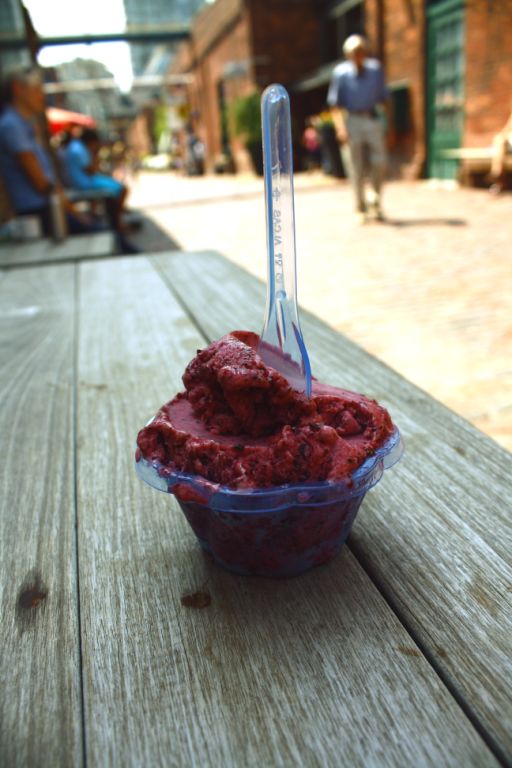


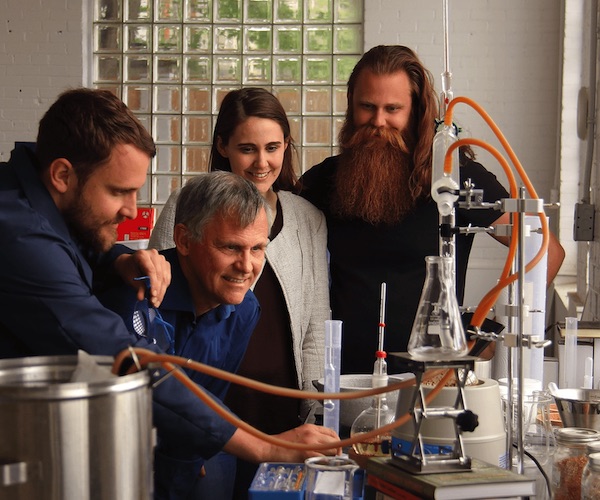
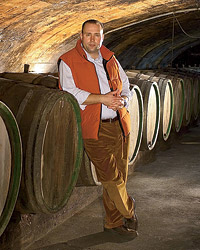
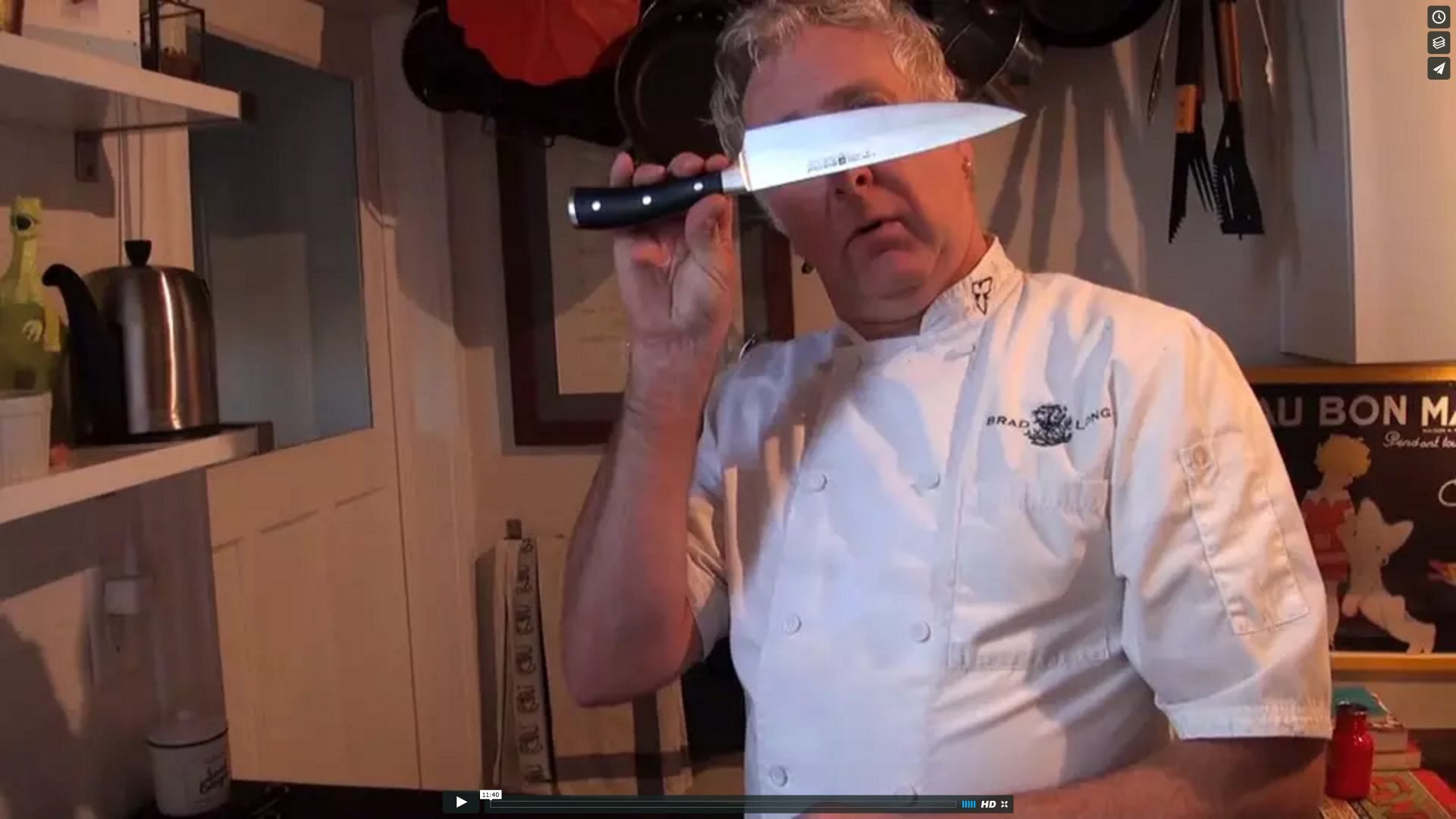
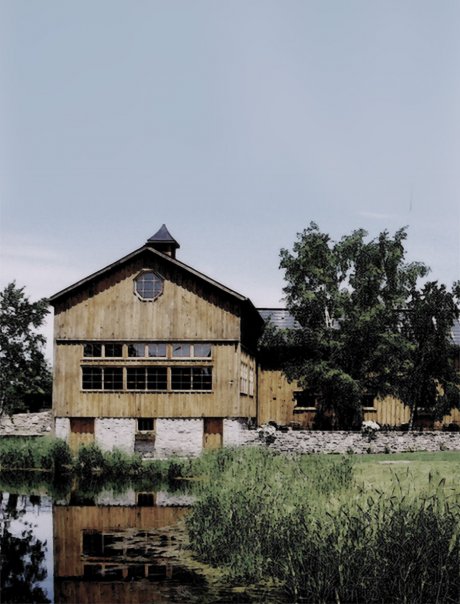

Trackbacks/Pingbacks